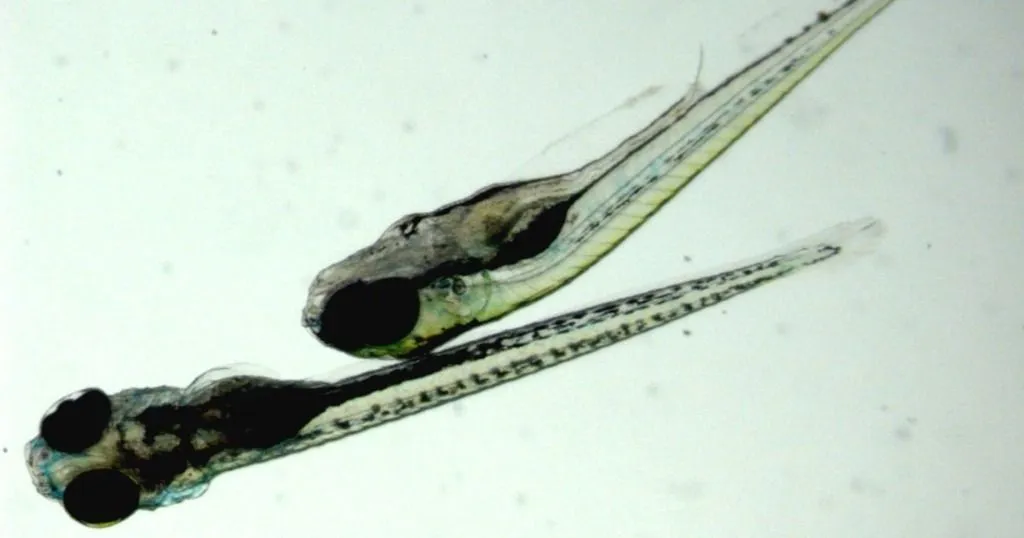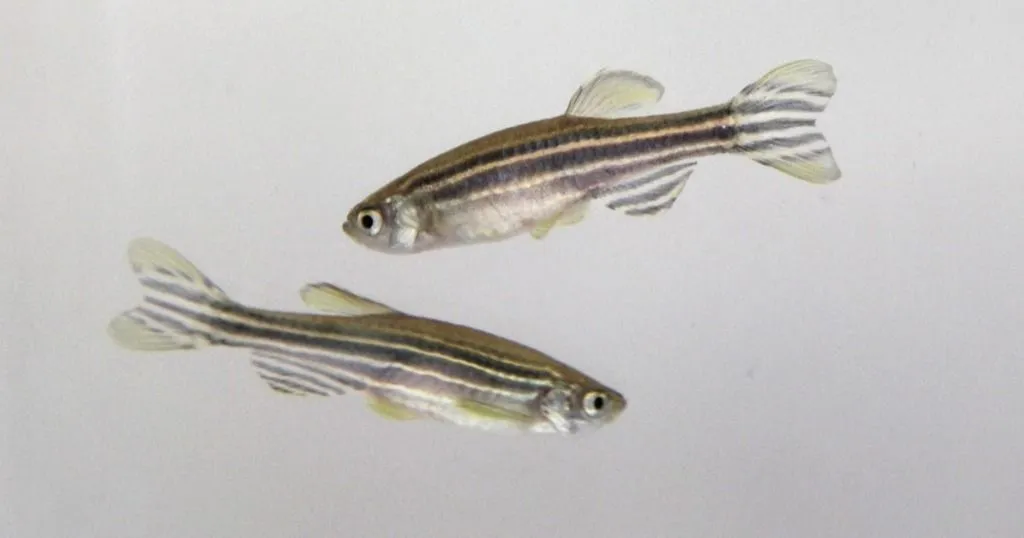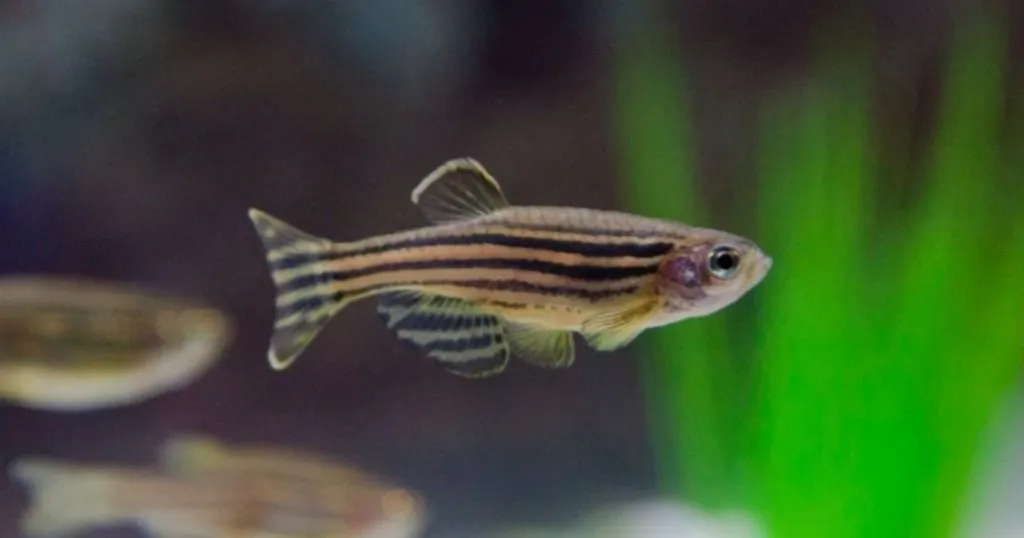Strain differences in zebrafish behavior and physiology
A zebrafish is not just a zebrafish. Strain differences in zebrafish behavior and physiology.
Posted by
Published on
Thu 07 Dec. 2017
Topics
| DanioVision | EthoVision XT | Video Tracking | Zebrafish |

A zebrafish is not just a zebrafish – ZFIN (The Zebrafish Information Network) lists about 30 strains often used in the lab. This is one of the reasons why there might be difficulties with the repeatability and comparison of experiments within and between labs. Ruud van den Bos and his colleagues investigate these strain differences at the department of Animal Ecology and Physiology of the Radboud University in Nijmegen (The Netherlands).
Mutations and morphology
Two of the strains they investigate include the AB and the Tupfel long-fin (TL) zebrafish. The latter fish have a recessive mutation that causes spots instead of the typical stripes, and, as the name suggests, long fins.
Genetics causes differences in behavior
In earlier studies, Van den Bos and his colleagues found that differences between these strains were not just morphological, but also behavioral and physiological. They differ in baseline activity of the HPI-axis (hypothalamus-pituitary-interrenal axis, or the “stress-axis”) and neuroplasticity. In turn, their behavior is also affected.

Behavioral differences at larval stages
For their recent work, the researchers were interested in whether these differences would also be apparent in the larval stages. They indeed found that AB zebrafish larvae show a higher baseline activity of the stress-axis. To investigate the functional implications, they used DanioVision to study light-dark and startle behavior.
DanioVision testing
Two tests were performed with the DanioVision system: the first was a dark-light-dark test, and the second was an acoustic/vibrational startle test.
Dark-light-dark tests
After 20 minutes of acclimation, zebrafish underwent a 10 minutes dark – 10 minutes bright light (3000 lux) – 10 minutes dark regime. During that time, the following parameters measured by EthoVision XT were of main importance:
- General distance moved within 30 minutes (in 5-minute bins)
- Maximum velocity during the dark to light transition
- Change in distance moved during the light to dark transition
Startle response
Using a built-in tapping device, the zebrafish’s response to acoustic/vibrational startle (at intensity setting 6)was investigated. After 10 minutes of acclimation, a series of stimuli were administered.
- 10 stimuli at 20 second intervals
- 10 minute pause
- 30 stimuli at 1 second intervals
The startle response is shown as a short burst of activity, so researchers used maximum velocity as parameter to measure it.
Stronger activity and habituation
These tests showed that AB fish show a stronger increase in activity in response to light-dark changes. They also have a stronger habituation to the acoustic/vibrational stimulus.
High impact of strain differences on repeatability
Results of this study are mostly in line with literature on the subject, and underline the importance of taking into account the differences mutations cause and how they influence the outcome of studies. This shows that strains should be carefully selected to the goal of the study, and also conveys how important it is to take differences into consideration for the comparability between studies and labs, as well as the repeatability of studies.
References
Bos, R. van den; Mes, W.; Galligani, P.; Heil, A.; Zethof, J.; Flik, G.; Gorissen, M. (2017). Further characterisation of differences between TL and AB zebrafish (Danio rerio): Gene expression, physiology and behaviour at day 5 of the larval stage. PLoS ONE, 12 (4), e0175420.
Related Posts
Studying zebrafish behavior using video tracking software

5 must-read articles on zebrafish behavioral research

